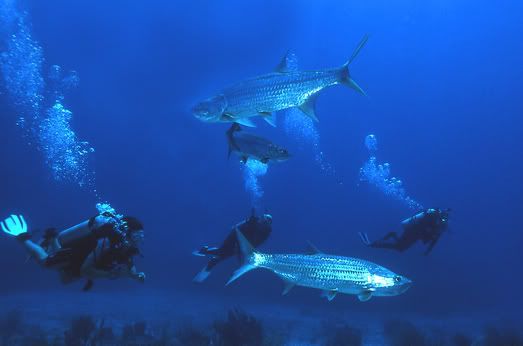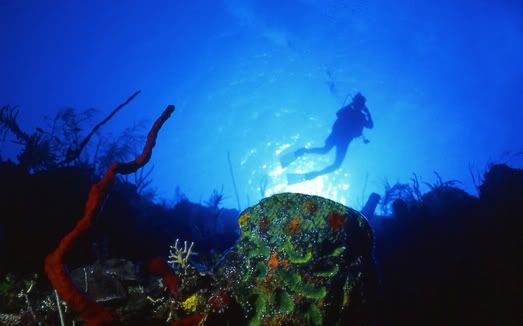Damselfish
Contributor
It's just playing the odds. My favorite time is late April-early June. But I've been there once in October and twice in December and always had pretty good weather. And a friend went late November and never saw the sun.
Welcome to ScubaBoard, the world's largest scuba diving community. Registration is not required to read the forums, but we encourage you to join. Joining has its benefits and enables you to participate in the discussions.
Benefits of registering include


During the winter months there is a higher chance to get winds from the north which can make it difficult or impossible to get to the Bloody Bay/Jacksion Bight dive sites, which are all on the north side.
Don't ever go in October. It is almost always windy and rainy. The weather then is so bad, in fact, that some of the resorts (e.g. Pirate's Point, Paradise Villas) shut down entirely during October. November can bring nice weather, or it can be rainy. And there was even one year I was there (1999?) when we noted that we had rain every single day during December. By January, though, the "dry season" has definitely started and you are unlikely to see any rain. The dry season lasts until mid-April, at which time the island begins to receive thunderstorms.
My impression is that the visibility is poorer in summer, due to plankton bloom, than it is during the winter.
I never did any diving there during the summer months, though, so can't attest to it personally. I went there for 8 years from October - April/May/June, and didn't notice any pattern in visibility which was season-dependent other than the obvious. (Meaning, reduced visibility after high seas.)
Water temperature, as recorded on my Suunto, was always 81 until late December, then 79 until late January, then 77 from late January until early late February. After that, the temperature came back up quickly. The last few years, though, I have noticed warmer temperatures during the winter months. I don't think I've seen 77 there in several years now.
As somebody else mentioned, cold fronts do move down during the winter months and can bring rough seas with the northerly winds. They don't last long: the longest stretch I found in my log book was 6 days where the boats could not get around the point to the north shore. (But if that 6 day stretch was your vacation, you would be kind of bummed about it!)
The calmest seas are during the summer months, but from everything I've ever heard the diving is not as good then.
I'll be there mid-January through mid-February, so am looking forward to seeing the island again.
When are the jellies there? We're going in early March...
